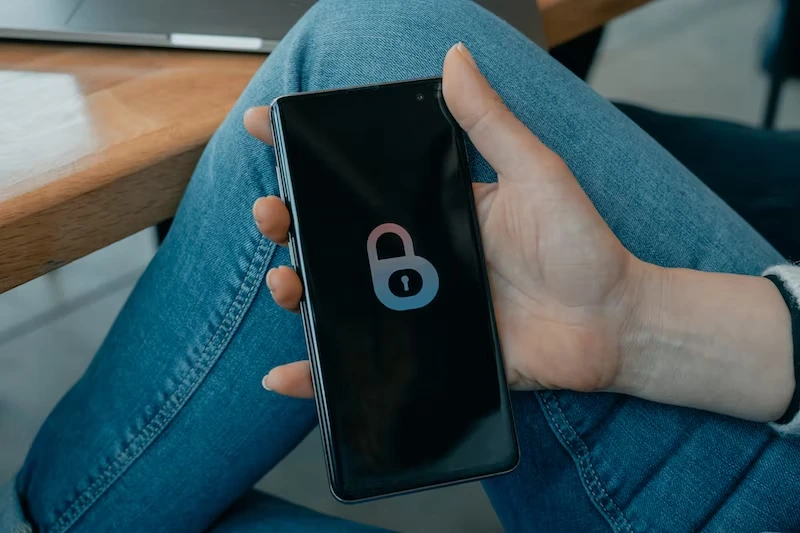Did you know that approximately 2,244 cyberattacks happen on a daily basis?
This cyber security statistic alone shows why you need to be concerned about online safety.
Despite this, a lot of business owners have the “it won’t happen to me” attitude. This is the sort of attitude that could get you into a whole world of trouble!
All businesses are targets, no matter how big or small. While big business breaches can be very lucrative, hackers can often view smaller businesses as an easier payday. So, no matter the size or scope of your company, cybersecurity is something you very much need to prioritize.
This is even more so the case when you consider the average cost of a data breach in the United States is $9.44 million.
With that being said, in this blog post, we’re going to reveal everything you need to know to protect your business and data from a cyberattack.
1. Use a bot protection solution
Our first piece of advice is to install a bot protection tool. This can help you to prevent credential stuffing and account takeover attacks. You can read DataDome’s guide for more information.

Bots are causing havoc for businesses all over the world today. They can ruin your reputation by redirecting visitors to phishing websites. You can also find yourself using corrupt analytics data as a result of sophisticated bad bots infiltrating your website.
The issue is that the current protection methods are simply not enough. Take CAPTCHAs for example. If you’ve ever tried to purchase tickets online, we’re sure you’ll have experienced a situation whereby you’re asked to select all of the boats or traffic lights from the nine square boxes in front of you. This is a CAPTCHA.
The problem with a CAPTCHA is that it makes you do all of the hard work. Plus, today’s sophisticated bots can easily navigate them. This is why you need to choose a bot management tool that makes the bot do all of the hard work, meaning that hacking your business would be too much of a costly and intensive mission.
2. Stay up to date with the latest legislation
Next, it’s imperative to stay up to date with the latest regulations and laws. They’re in place for a reason. Not only will following them enable you to better protect your business, but the last thing you want to do is face the monetary and reputational loss associated with a lack of compliance.
Of course, there are worldwide and US-based laws, but you also have state laws to consider as well. One of the more recent examples of this is the New York SHIELD Act. This legislation became law in 2022, and it includes new data security requirements that businesses must follow. Click here to find out everything you need to know about it.

3. Educate your workforce
One of the keys to running a successful business is to give your employees opportunities to learn. Make sure that cybersecurity is at the top of your list here.
There have been many different studies that have proven that the vast majority of data breaches are insider attacks. While these can sometimes be malicious attacks caused by disgruntled employees, most of the time they happen because an employee has made an error that has given someone access.
And, if you have not trained your employees in cybersecurity, how can you expect them to know the right action to take?
This is why it’s imperative to train your employees on cyber breach prevention. Educate them on the common tactics being used, such as phishing, so they know the different tactics to look out for.
Also, make sure they know how to set an effective password and why they should not use the same password for all of their accounts.
Training gives you a great chance to teach your employees about why cyber security matters and how it relates to business objectives. Employees will be much more dedicated to protecting confidential data if they understand the consequences and why it makes for your business.
4. Update all of your systems and software when prompted
Cyber attacks tend to happen because security software or systems are out of date, which exposes vulnerabilities. Cybercriminals take advantage of these flaws so that they can gain access to your network.
To prevent this from happening, it’s imperative to have a system in place where you can update all of your software automatically whenever needed.
After all, if a developer has released a new update, the chances are that they’ve found a vulnerability that needs to be patched up, so if you don’t install this update, you’re only leaving yourself exposed.
5. Invest in penetration testing
If you’ve never heard of penetration testing before, this is a great way of spotting network weaknesses before a criminal hacker does and exploits your business.
Also known as an ethical hacker, a penetration tester will carry out an ethical hack on your system. This means that they’ll hack into your account, but rather than exploiting your business, they’ll provide you with a report on any weaknesses or vulnerabilities they have found.
They’ll also offer recommendations on how to patch the weaknesses so that a real criminal hacker doesn’t end up entering your network in the same manner in the future.
6. Create a workplace culture that is security-focused
Simply installing a cybersecurity solution may protect hackers from walking through your online door. However, having a cybersecurity culture ensures your entire business prevents hackers from even being interested in your company.
One of the best things you can do here is to create a robust data use policy, which is clear for everyone. Make sure you have restrictions in place and that you’re very clear about who can access certain data, how to use it, and how to protect it.

7. Make the most of encryption
Encryption converts data into a secret code before it’s sent over the Internet, so it’s critical for companies to turn on data and network encryption whenever they share or store data.
You can do this by installing a Virtual Private Network (VPN) or through router settings on your computer.
8. Use multi-factor authentication
Next, we highly recommend that you turn on multi-factor authentication for your network and all of the different tools you use.
With multi-factor authentication, not only will users need to input a password, but they’ll need to successfully complete another form of identification.
For example, once the user has input their password, they may receive a code to their mobile phone, which they then need to enter to complete the log-in process.
There are many other types of authentication that can be used, from fingerprints to answering secret questions.
By turning on multi-factor authentication, you ensure that hackers cannot successfully launch credential stuffing attacks on your business whereby they simply try different password and username combinations until they force their way into your account.
9. Follow a layered approach
Last but not least, there’s no singular magic solution when it comes to protecting your business from the threat of a cyberattack. If there was, it would be easy for everyone.
Instead, if you want to protect your business, you’re going to need to use a number of different security protection methods to significantly reduce the chances that anyone is going to be able to breach your defenses.
From firewalls and anti-virus to encryption and network segmentation, you need to use a number of different techniques to give your business the highest level of protection.
Plus, you cannot simply implement these techniques and then forget about them. You need to continually address your cybersecurity efforts and improve them to ensure the best results.
Don’t delay: protect your company and data now!
So there you have it: an insight into some of the different steps you can take to protect your business from a data breach.
If you follow the tips and suggestions we’ve provided above, you can go a long way to making sure that your business doesn’t end up becoming another unwanted statistic.
And don’t forget to continually assess your strategy and your security efforts. After all, hackers are getting more and more sophisticated, so you need to make sure you continually evolve as well.

